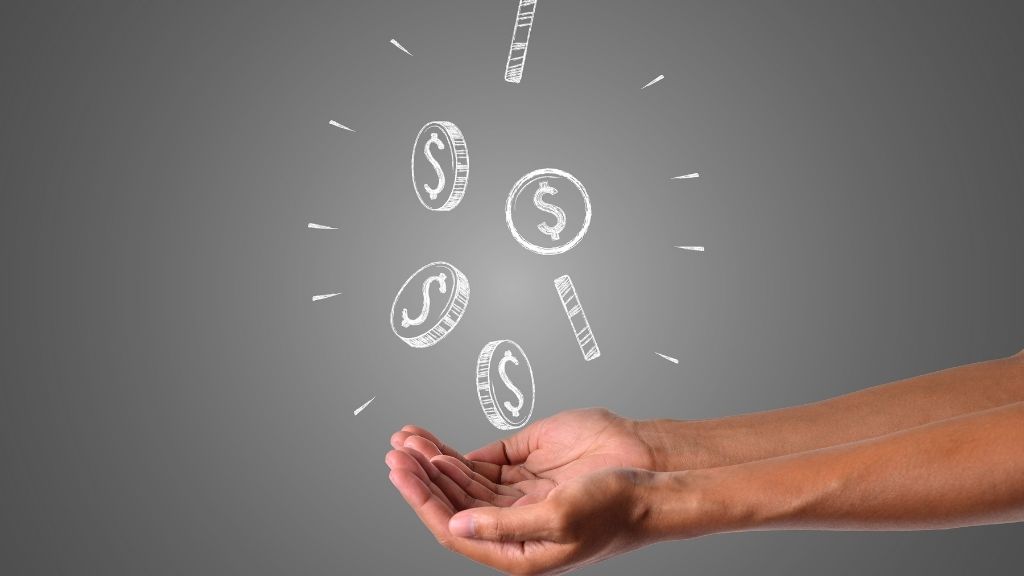

Customary prices are the prices that consumers are used to paying for certain products or services over a long period of time. These prices are known to all customers, and they do not expect them to change. With this knowledge, e-commerce businesses can carry out a detailed market study. They can then choose to follow a customary pricing policy with the products or services that lend themselves to it. You can integrate these customary prices into your overall pricing strategy to aim to achieve the highest possible profit. We explain the advantages and disadvantages of this type of price and the most typical examples.
Many food products, such as soft drinks or chocolate bars, provide a clear example of customary pricing. The unit cost of these products is very low, and all target customers remember the prices they expect. The same is true of cinema tickets or current streaming service plan fees. The key is that customary pricing is a psychological pricing model that emotionally impacts consumers. Combine them with other psychological pricing techniques, such as rounding up or using odd numbers, and they will be more attractive to users.
Pros and cons of customary prices
The main advantage of customary prices is that they are based on consumer expectations. They help e-commerce businesses gain customer’s loyalty. Therefore, the combination of expected prices with a product of the same or higher quality than the competition’s, will generate greater confidence towards the brand.
The downside is that customary prices are sometimes not the most profitable for companies. However, businesses must maintain them to avoid adverse reactions from users. Their use limits possible changes in the pricing strategy for these specific long-term items. Changing customary prices to those that generate higher profits can lead to the possible desertion of e-commerce users. It can also cause negative reviews on the online shop and Google, and consumers’ distrust, damaging the brand image. That is why businesses must carefully assess their use.
Applying discounts to customary prices
As we noted, increasing customary prices is not a good idea. However, you can apply discounts to the price tag on these items and services to increase your conversion rate when you have a specific objective. In this case, lowering a customary price will generate higher expectations for customers who already know the quality of the items. Specific terms and conditions or time limits usually accompany these discounts. For example, in the previous cinema example, the sale of tickets at half the usual price only on the day of the screening.
Therefore, you can design different offer or discount campaigns for your customary prices to optimise your sales volume. Among the most effective are:
- Percentage discount for new customers.
- Discounts aimed at a specific buyer persona, like streaming service offers for university students.
- Promotions for a particular date, such as Black Friday or the Christmas campaign.
- Discounts to incentivise the conversion rate: “Subscribe and get 20% off your next purchase.”
To make customary prices as competitive as possible, it is also essential to constantly monitor your competitor’s prices. This allows you to anticipate their movements and avoid a loss of potential customers when competitors’ prices crash on essential or frequently consumed items. You can help your business by using automated competitor price monitoring tools to keep abreast of changes in your offering.
Find out how Minderest can take your business to the next level.
Contact our pricing experts to see the platform in action.
Related Articles

AI Agents and Holiday Season: How to Adapt Your Pricing Strategy
Holiday season planning used to revolve around creative campaigns, emotional storytelling, and optimizing the user experience. However, a silent revolution is changing the rules of the game. The rise...
How Surveillance Pricing Works and Its Applications for Your Business
The term "Surveillance Pricing" might conjure images of corporate espionage and price manipulation. However, this initial perception hides one of the most sophisticated and powerful strategies in...
